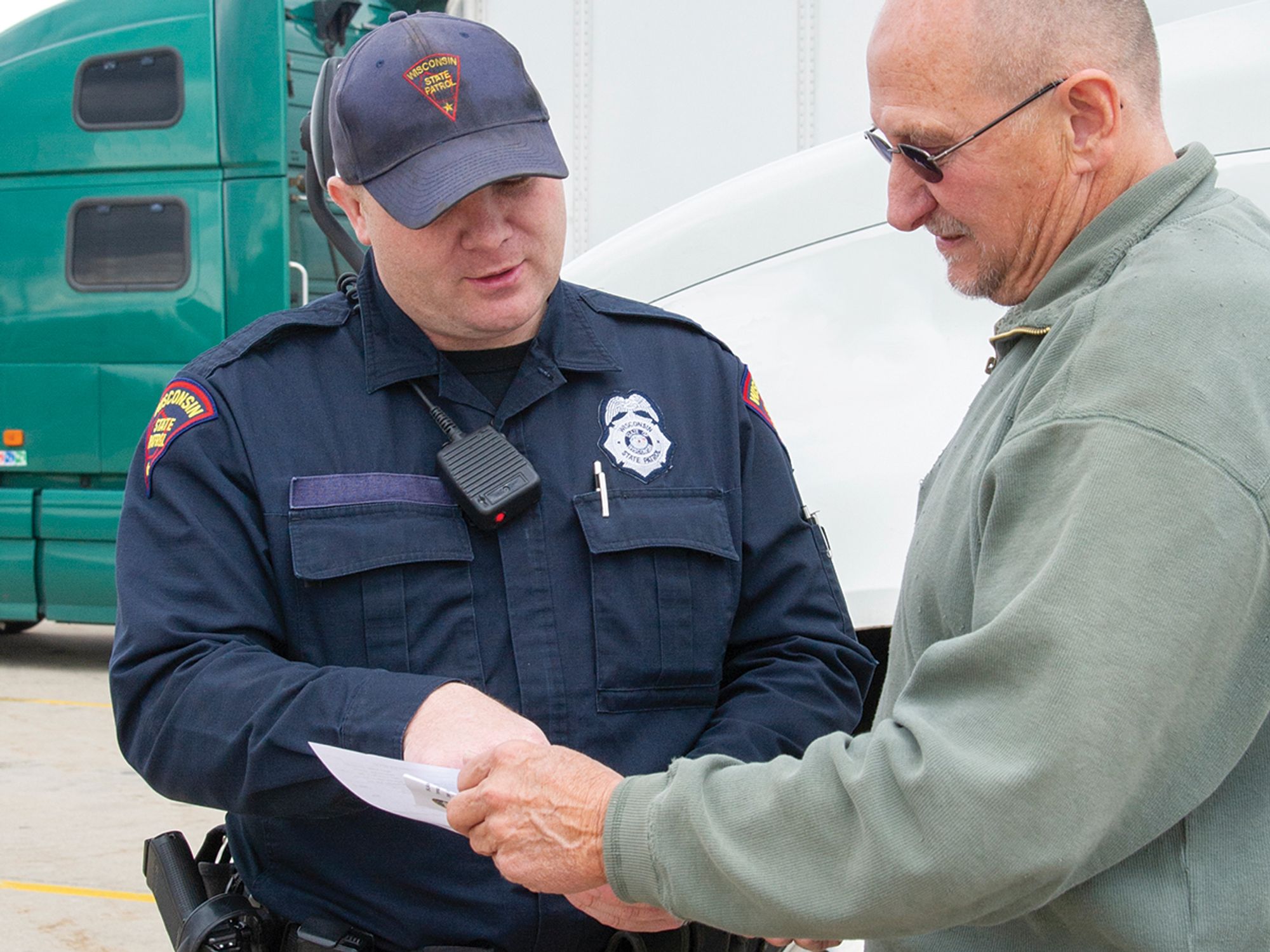InstituteEnglishFleet SafetyOut-of-service criteria - Motor CarrierIn Depth (Level 3)Focus AreaEnforcement - DOTRoadside InspectionsAnalysisTransportationUSA
Inspection process: Overview
['Enforcement - DOT']

- Inspections by state troopers and other enforcement officers may include an inspection of the driver’s credentials and condition, a “walk-around” vehicle inspection, or a complete inspection of all vehicle components.
- “Special” inspections may be done as part of a national, regional, or local “crack-down” on specific problems such as deficient brakes.
- “Vehicle only” inspections are usually done at a carrier’s facility as part of an investigation or audit, or on the road after an accident where the driver was injured and is unavailable.
The inspections are generally performed by state troopers or motor carrier enforcement officers who work for the states or local law enforcement agencies. There are a variety of inspections the officers will perform on a driver and/or vehicle. These include:
- An inspection of the driver, which includes checking the driver’s credentials and condition.
- A “walk-around” inspection of the vehicle (not to be confused with a driver’s pretrip walk-around inspection) and a check of the driver’s credentials and condition.
- A complete inspection of all vehicle components and the driver’s credentials and condition.
- “Special” inspections — These are either done as part of a larger program to verify or refute specific trends at the national level or as part of a local or regional “crack-down” on specific problems. A brake-only inspection would be an example of a special inspection.
- “Vehicle only” inspections — These are normally done either at a carrier’s facility as part of an investigation or audit, or on the road in situations where the driver is not available. An example of this would be an inspection following a crash where the driver was injured.
Roadside inspections are conducted at scales, inspection sites, or literally on the roadside to determine if drivers and vehicles are following the regulations. The inspector is verifying that the vehicle meets the requirements established in Part 393. If the driver or vehicle is in a condition that could be deemed unsafe (likely to cause an accident or breakdown) the driver and/or vehicle can be placed out of service.
